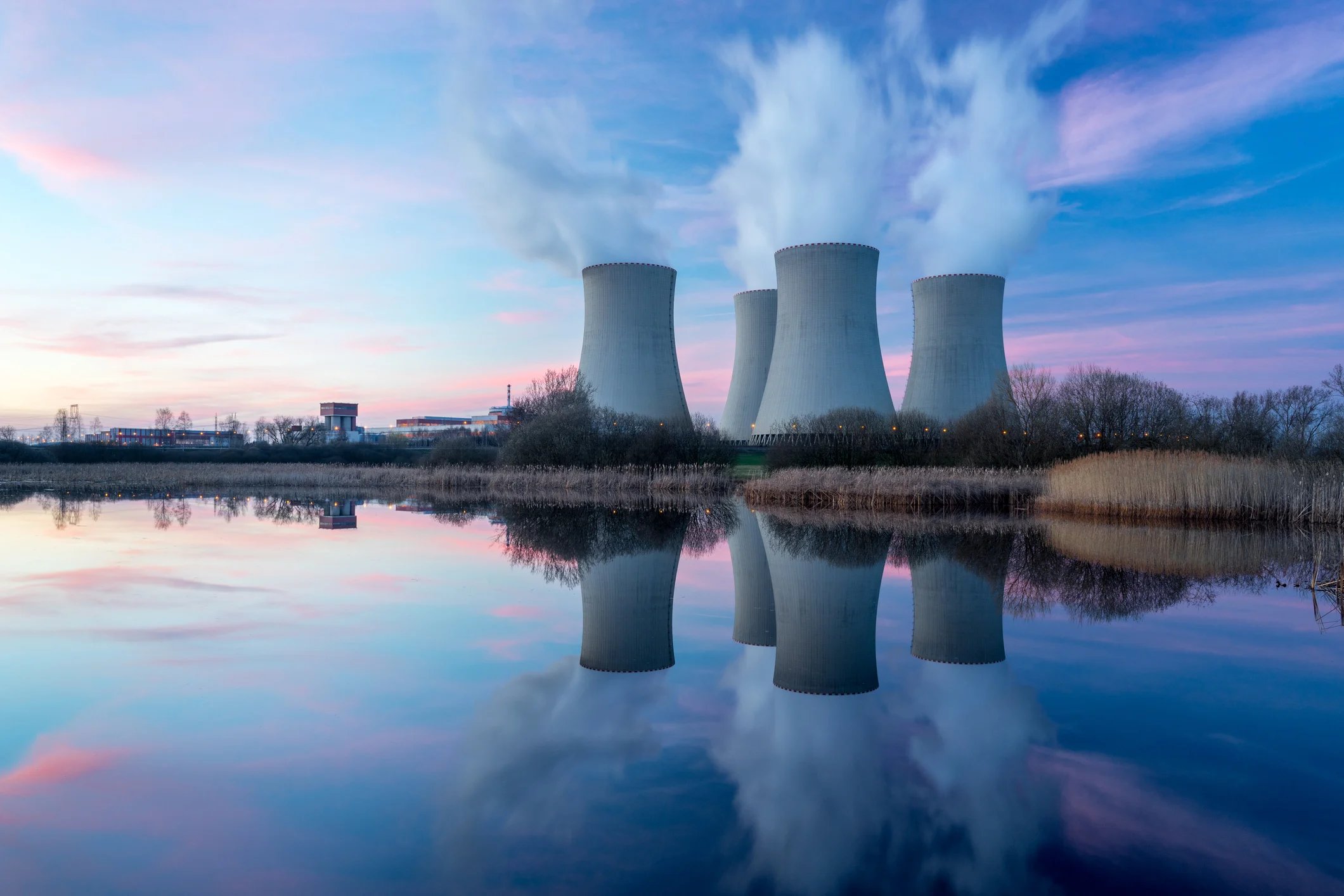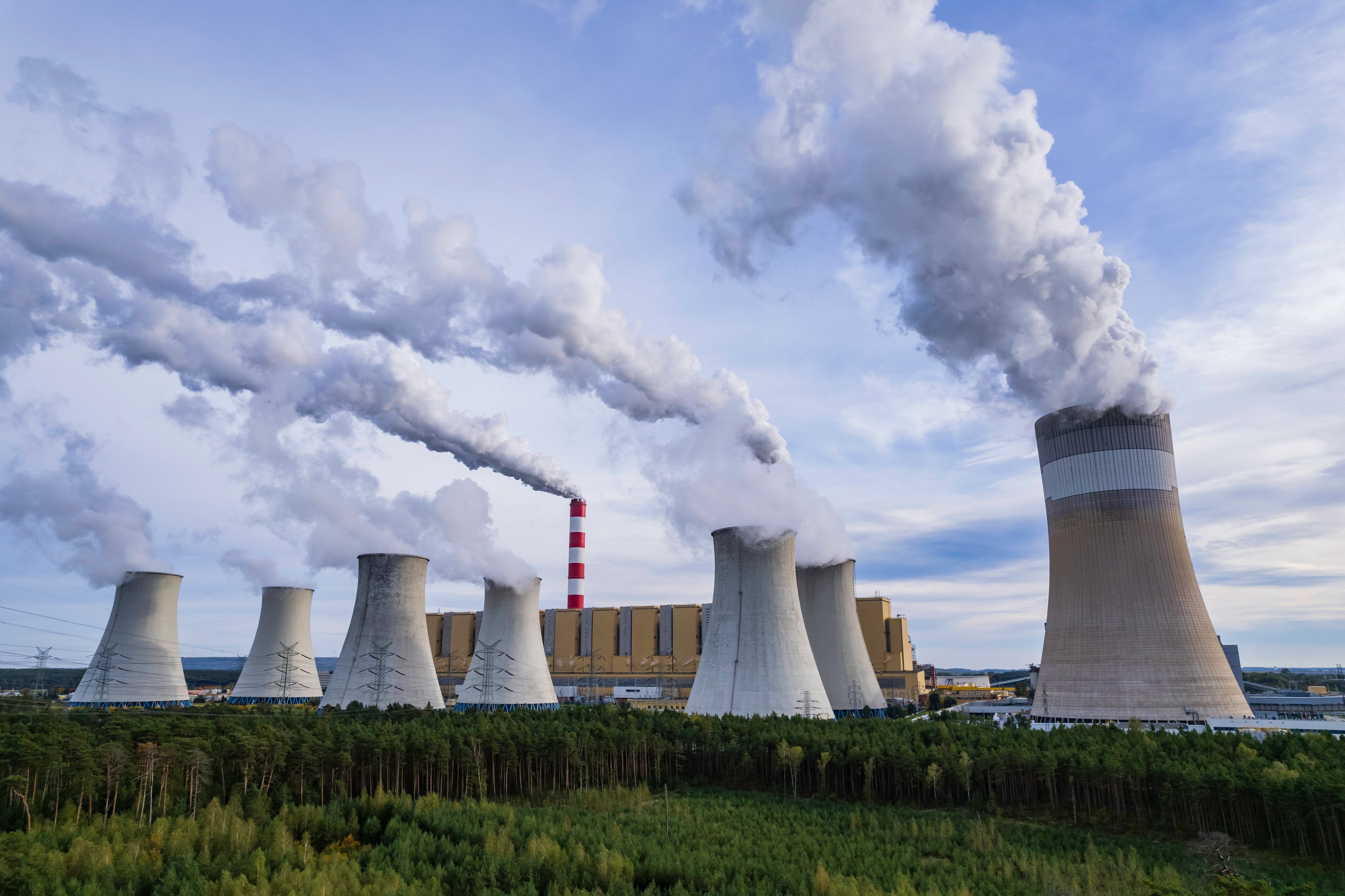It's been a rough five years or so for Cameco (CCJ +3.19%) shareholders. The stock has lost 57% in that span, while the global nuclear industry has been walloped by a seemingly endless stream of bad news. But things have to get better, right? Shouldn't long-term investors brush off the broader fear and take a position in the world's leading uranium stock?
Well, not necessarily. Nuclear energy seems to be on the way out in the United States and Europe. Japan's severe energy insecurity likely means it will be forced to lean on atomic power for the foreseeable future, but the island nation has struggled to bring its sidelined reactors back online since disaster struck in 2011.
While China is expected to drive global growth in nuclear capacity, it may not be the savior Cameco or investors are expecting -- for more than one reason.

Image source: Getty Images.
Why China is unlikely to resurrect uranium markets
A swelling industrial economy and middle class have resulted in unprecedented electricity demand growth in China in the last decade. The trend is expected to continue well into the future, which means it's all hands on deck -- renewables, liquefied natural gas, and nuclear -- to respond and boost supply. The government's massive investments in new nuclear reactors haven't gone unnoticed by investors, and rightly so.
China's nuclear fleet currently comprises 38 nuclear reactors boasting 33 gigawatts (GW) of capacity, according to the U.S. Energy Information Administration. That will grow by 19 reactors and 20 GW once all construction projects currently underway are successfully completed. It won't stop there. The nation could overtake the United States -- which owns 99 GW of atomic capacity -- as the top nuclear power producer by 2032, although that's an ambitious target.
Cameco has highlighted China's investments and expected growth in nuclear power in its investor presentations. And, again, why not? Nuclear reactor construction is an important driver of growth for uranium demand. While that's true, it's important to take a step back and consider the complete picture.
Even with China's rise, total global nuclear capacity may only grow at 1.6% per year between now and 2040 after accounting for closures elsewhere, according to the U.S. Energy Information Administration. That growth rate may not be exactly what investors had in mind, although it could provide a noticeable boost to Cameco's portfolio of long-term supply contracts.

Image source: Getty Images.
More importantly, China is much more likely to look outside of Canada (where Cameco and its reserves call home) for the vast majority of its future uranium supply, and likely one country in particular: Kazakhstan. The country is the world's leading supplier of uranium and also happens to sit in a very advantageous position along the Silk Road corridor, an extensive network of direct trade routes connecting European and Chinese markets -- and everywhere in between. It's part of China's massive "One Belt One Road" economic project, which has seen the country spend over $100 billion on infrastructure and gobbling up resources it needs for various industries back home. That includes uranium.
In fact, China's first major deal along the Silk Road was for Kazakh uranium in late 2015. It included a 49% stake in certain reserves, the future construction of a fuel assembly production facility, and plans to ship every kilogram of product back to China.
Of course, increased uranium demand from China has the potential to create a rising tide in global uranium prices. So even if Chinese nuclear reactor growth doesn't directly benefit Cameco, it could indirectly benefit the company by sending a ripple effect through the market. But it might not.
Given Kazakhstan's recent struggles in balancing its own uranium production and sales, investors should entertain the idea that what happens on the Silk Road might stay on the Silk Road. The country could boost uranium production, but within the closed loop of sending it directly to China. Similar to how American shale toppled OPEC in recent years, the rising fortunes for Kazakh uranium could skip over other global producers. That would wipe out Cameco's single largest growth prospect.
Pass on this dividend stock
Cameco is an interesting company to consider for long-term investors. It's supported by an incredible management team, has maintained a healthy stream of cash flow, and continues to stand its ground in a very challenging market. However, I think investors should consider just how tricky the road ahead will be.
For Cameco to rebound and sustain a higher level of operations, it needs uranium prices to return to levels closer to their historical average. That requires a sharp reduction in output and predictable growth in demand. Right now, there's not much certainty for that scenario playing out. So, despite the low share price, I think it's best not to get greedy with this uranium stock.






